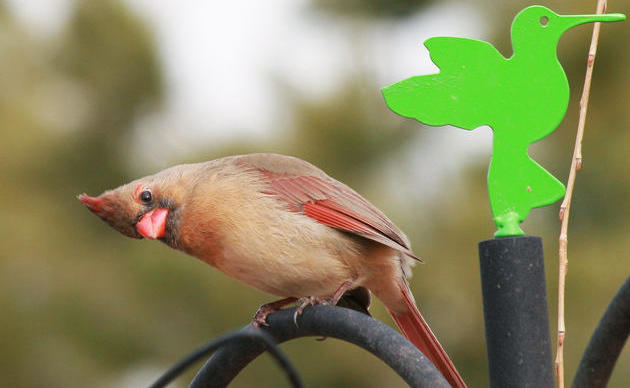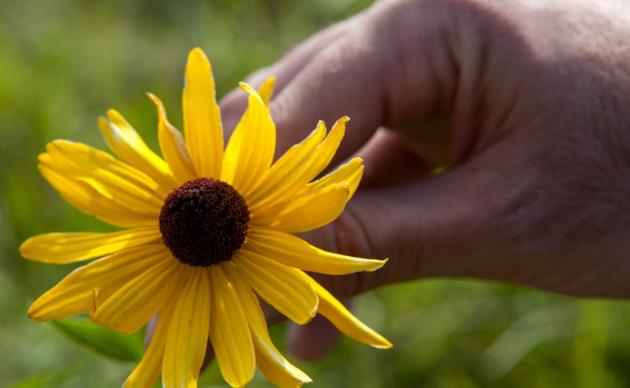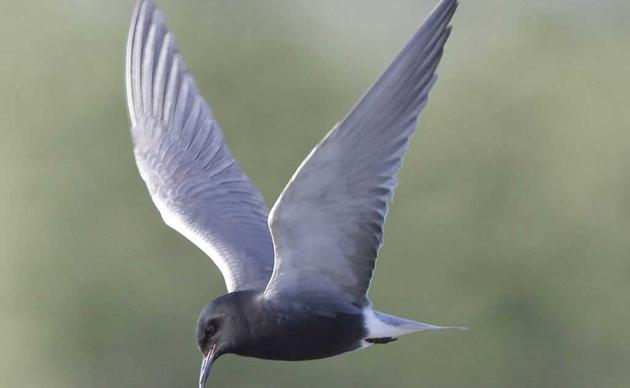May 23, 2025 -- Every spring, as migratory birds return to their breeding grounds, scientists and volunteers across North America prepare for a century-old, powerful act of conservation: bird banding. By gently capturing birds and outfitting them with lightweight, uniquely coded leg bands, researchers gain a window into individual lifespans, movements, and survival—a glimpse that would otherwise be impossible given the complexities and vastness of the natural world.
But perhaps nowhere is the power of banding more visible—or more hopeful—than in the story of the Great Lakes piping plover.
A Shorebird on the Brink
The piping plover is a small, sand-colored shorebird that nests along the Atlantic Coast, Northern Great Plains, and Great Lakes. Once common on Great Lakes beaches, these birds had nearly disappeared by the mid-1980s, with only 12 breeding pairs left in the region. In response, they were listed as federally endangered in 1986, and a passionate team of biologists, land managers, and volunteers launched an intensive recovery effort.
That recovery has centered on several core strategies: protecting nesting habitat, monitoring and fencing nests from predators, educating beachgoers, raising chicks in captivity when necessary—and, crucially, banding every plover chick hatched in the Great Lakes.
Tiny Bands, Big Impact
Each year, newly hatched Great Lakes piping plover chicks are given a brood-specific combination of colored plastic leg bands (and a federal aluminum band) that allows researchers to identify where and when they hatched. When an individual returns to a Great Lakes beach to breed, it receives a fully unique color combination it will wear the rest of its life. This long-running effort, coordinated by the Great Lakes Piping Plover Conservation Team, has generated a treasure trove of data. And with it, remarkable insights.
Thanks to banding Great Lakes piping plovers, we know:
-
Longevity: Piping plovers live about 7 years on average in the wild, with many returning to the same beach year after year to nest. However, it is not uncommon for individuals to live 10+ years. In fact, the oldest living wild plover (“Gabby”, 16 years old) has just returned to her breeding location in Michigan and researchers are hoping she adds a few more fledglings to her lifetime total of 35!
-
Mate and Site Fidelity: Most adults reunite with the same mate and nest at or near the same site each summer, strengthening local population stability.
-
Wintering Locations and Migration Timing: Great Lakes plovers often travel fairly quickly to their wintering grounds in the southeastern U.S., especially the Atlantic coastline along the Carolinas and Georgia. Thanks to intrepid photographers and plovers’ unique leg band combinations, we have a record of an individual plover who was photographed in Michigan one morning on July 22 and then again near Miami the morning of July 24, so she completed her fall migration of over 1300 miles in less than 48 hours!
-
Population Structure: Banding has confirmed that the Great Lakes, Great Plains, and Atlantic Coast breeding populations are demographically distinct—critical information for targeted conservation.
-
Unexpected Journeys: Individual plovers have made surprise detours, been spotted by beachgoers in new and astonishing breeding locations (like downtown Chicago), and even weathered hurricanes—each re-sighting adding a line to their life history.
These stories are only possible because of banding.
A Century of Discovery: The History of Bird Banding
Bird banding in North America dates back more than a hundred years. The U.S. Bird Banding Laboratory (BBL), currently administered by the U.S. Geological Survey, was created in 1920 following the passage of the Migratory Bird Treaty Act. The BBL has helped turn a uniquely-numbered aluminum leg band into one of the most important tools in ornithology and conservation. Working in partnership with the Canadian Wildlife Service Bird Banding Office, the BBL manages the curation and archiving of millions of records, supporting researchers studying migration patterns, population trends, habitat use, and the effects of global change on bird species traversing the Western Hemisphere.
Banding revealed that Arctic Terns make the longest known migration of any bird—25,000 miles annually. It provides critical insights into the status of waterfowl populations so that appropriate hunting regulations can be set. And it helps track the spread of diseases like avian influenza.
Protecting Piping Plovers Starts with Us
Today, the Great Lakes piping plover population has rebounded to about 80 breeding pairs, but they remain at risk from habitat loss, recreational disturbance, and climate change. This summer, you can help by sharing the shore—keeping dogs leashed, avoiding posted nesting areas, and educating others about beach-nesting birds.
Audubon Great Lakes coordinates staff, partners, and volunteers to monitor piping plovers at the Cat Island Restoration Site and Long Point in Green Bay, WI. Working closely with U.S. Fish and Wildlife Service, Wisconsin Department of Natural Resources, and several other partners, monitors are working to protect Great Lakes piping plover nesting activities every day from April to August. Monitoring during this time frame provides important data on piping plover movements and nesting success including arrival, territory forming, mating, egg-laying, nest tending, fledging and departure.
To learn more about the Great Lakes piping plover and how you can help, visit greatlakespipingplover.org. To report an observation of a banded piping plover, email plover@umn.edu.
Together, we can ensure these resilient little birds continue to race along our shorelines for generations to come.





